The opposite term, upturned eyes, is tsurime ツリ目,
Character: Furukawa Nagisa 古河渚
Anime: CLANNAD (Episode 1)
Anime: CLANNAD (Episode 1)
Meaning
Written with kanji, tareme タレ目 would be tareme 垂れ目. This tare 垂れ is the ren'youkei of the verb tareru 垂れる, which means "to dangle," "to droop," "to sag."Examples of things that can be described as tareru'ing include cheese dangling from a slice of pizza and drool dripping from somebody's mouth and dangling from their chin.
The reason why the tare-me are "droopy" is because the outer corner of the eye is lower than the inner corner, which gives the impression the eye is falling down the cheeks like a tear.
Translation
The common term for having eyes with lower outer corners in English would be "downturned eyes."A corner of the eye is technically called a "canthus," and a technical phrase for the tareme facial feature is "negative canthal tilt." Positive tilt is tsurime.
Literally, tare-me タレ目 would translate to "drooping eyes," but in English that sounds like droopy eyelids, which is a completely unrelated medical condition also known as ptosis, so it's better to avoid using that phrase.
Appearance
Awkwardly, there's a discrepancy in how tare-me is defined and how it ends up being used in practice. The reason for this are two competing definitions:- mejiri ga megashira yori tare-sagatte-iru
目尻が目頭より垂れ下がっている
The outer corner is hanging lower than the inner corner. (Niconico dictionary.) - {mejiri ga sagatte-iru} me-tsuki
目尻が下がっている目付き
An eye appearance [in which] {the outer corner of the eye is lowered}. (Pixiv dictionary, and Daijirin.)
In the first definition, we have a point of reference: the outer corner must be lower than the inner corner. That means we could draw a horizontal line across the eye and if the outer corner is below it, that counts as tare-me.
In the second definition, there's no point of reference. It just says the outer corner must be low.
That sounds pretty vague, doesn't it? And vagueness in a definition is bad. Therefore, the first definition must be the better definition. However, there are some problems with that first definition.
First off, since your head is round, if you look upwards, the inner corners of your eyes, which are closer to the center, can end up higher than the outer corners due to perspective, and the opposite happens if you look downwards, so it only makes sense if you're looking straight forward.
Second off, it turns out that humans are pretty bad at telling if something is perfectly horizontal or not. The way our brains process images is extremely relative, that's why so many optical illusions exist, and this means we aren't good at guessing if things fit strict technical requirements.
Source: 【タレ目】たれ目をつり目にするためのアイライン講座【跳ね上げライン】 - youtube.com, accessed 2020-01-28
- Context: Chanmari ちゃんまり claims to be extremely tareme, proceeds to define tareme, and then disprove that she is tareme according to her own definition of tareme.
- {megashira to mejiri wo tsunaida} sen ga suihei ika nara tare-me
目頭と目尻をつないだ線が水平以下ならタレ目
If the line [that] {connects the inner corner of the eye with the outer corner} is less than level, then it's tareme.- suihei
水平
Level. In the sense of perfectly horizontal. Literally "water-flat," probably because the surface of a body of water is level.
- suihei
As you can see, you can think that your eyes are going downward, until you actually measure them, and it turns out they aren't as downward as you previously assumed.
But does that mean they aren't tareme, then? If tareme is a term about how the eyes look, and you think it looks like tareme, then why do you have to prove mathematically that they're tareme? That doesn't make sense.
Thus, rather than looking at the bottom of the eye to determine if it's tareme or not, people normally end up looking at the direction the eyelashes point toward to decide if it's tareme or not.
In manga and anime, this method is exacerbated by the fact that eyes are usually drawn in shapes completely different from real life.
On top of that, it's also common for a character's appearance to vary slightly across panels or episodes, so a slightly downturned eye can be drawn as level and vice-versa sometimes, making the strict definition really not useful.
Source: japanesewithanime.com (CC BY-SA 4.0)
Examples
To have a better idea, here's a few examples of what tareme looks like:
Character: Hirasawa Yui 平沢唯
Anime: K-On!, Keion! けいおん! (Episode 5)
Anime: K-On!, Keion! けいおん! (Episode 5)
Yep, these eyes are observably slanted. This is the negative canthus tilt we're looking for.
Character: Kamina カミナ
Anime: Tengen Toppa Gurren Lagann, 天元突破グレンラガン (Episode 3)
Anime: Tengen Toppa Gurren Lagann, 天元突破グレンラガン (Episode 3)
Are these slanted? Yes, absolutely. But what about the corners?! They may be perfectly level because the eyes are two large V's. I don't know. I'm not a machine. I can't tell exactly.
Character: Asahina Mikuru 朝比奈みくる
Anime: Suzumiya Haruhi no Yuuutsu 涼宮ハルヒの憂鬱 (Episode 涼宮ハルヒの憂鬱I)
Anime: Suzumiya Haruhi no Yuuutsu 涼宮ハルヒの憂鬱 (Episode 涼宮ハルヒの憂鬱I)
Okay, this is basically flat, but I think, I THINK, it's slanted. It looks slanted. Is it slanted, though? I'm not actually sure. But it LOOKS slanted.
Character: Hinata Yukari 日向縁
Anime: Yuyushiki ゆゆ式 (Episode 2)
Anime: Yuyushiki ゆゆ式 (Episode 2)
Now THIS is just flat. Flatter than the Earth. There's no slant here. This doesn't count as negative canthus tilt, but people call this tareme anyway.
Character: Chitanda Eru 千反田える
Anime: Hyouka 氷菓 (Episode 1)
Anime: Hyouka 氷菓 (Episode 1)
Alright, now this is just literally the opposite of what we're looking for, and it's still called tareme anyway, because nobody cares about the bottom of the eye, the upper part is what matters.
Character: Ciel Phantomhive シエル・ファントムハイヴ
Anime: Black Butler, Kuroshitsuji 黒執事 (Episode 1)
Anime: Black Butler, Kuroshitsuji 黒執事 (Episode 1)
Tropes
Characters with tareme タレ目 tend to be cute, docile, frail, gentle anime girls. They tend to care and get worried about others, and dislike fighting, quarrels, and confrontation, which means they're easily persuaded into doing things and dragged around.
Character: Mayuri Shiina 椎名まゆり
Anime: Steins;Gate (Episode 5)
Anime: Steins;Gate (Episode 5)
- iyashi-kei
癒し系
Healing-type. In the sense that of healing stress, sadness, and so on. A person whom you find relaxing, calming to be with, peaceful, or a character or anime that is relaxing to watch.- iyasu
癒す
To heal.
- iyasu
As one would expect, not all tareme characters have these traits, but characters that have these traits usually also have tareme eyes.
Furthermore, characters that have tsurime eyes have the opposing type of personality: they're more hostile, quicker to pick a fight, cool-looking rather than cute, and not frail at all.
Siblings
A sub-trope is that two siblings, sometimes twins, often sisters, have opposing eye shapes, because they also have opposing personalities, and the eye shapes often reflect those personalities.
Left: Hiiragi Kagami 柊かがみ (older fraternal twin)
Right: Hiiragi Tsukasa 柊つかさ (younger twin)
Anime: Lucky☆Star, らき☆すた (Episode 3)
Right: Hiiragi Tsukasa 柊つかさ (younger twin)
Anime: Lucky☆Star, らき☆すた (Episode 3)
Characters are often designed to fit a dozen of tropes along the plot.
Consequently, the younger sister ends up being the frail, cute one, that gets involved with bad influences, like the main character, while the older sister ends up being the strong, protective one, that tries to keep.her younger sister away from the main character. Or something like that.
Left: Fujibayashi Kyou 藤林杏 (older sister)
Right: Fujibayashi Ryou 藤林椋 (younger sister)
Anime: CLANNAD (Episode 6)
Right: Fujibayashi Ryou 藤林椋 (younger sister)
Anime: CLANNAD (Episode 6)
Left: Araragi Tsukihi 阿良々木月火 (younger sister)
Right: Araragi Karen 阿良々木火憐 (older sister)
Anime: Nisemonogatari 偽物語 (Episode 1)
Right: Araragi Karen 阿良々木火憐 (older sister)
Anime: Nisemonogatari 偽物語 (Episode 1)
Shorter: Edward Elric エドワード・エルリック (older brother)
Taller: Alphonse Elric アルフォンス・エルリック (younger brother)
Anime: Fullmetal Alchemist: Brotherhood, Hagane no Renkinjutsushi 鋼の錬金術師 (Episode 12)
Taller: Alphonse Elric アルフォンス・エルリック (younger brother)
Anime: Fullmetal Alchemist: Brotherhood, Hagane no Renkinjutsushi 鋼の錬金術師 (Episode 12)
Left: Narutaki Fuuka 鳴滝風香 (older twin sister)
Right: Narutaki Fumika 鳴滝史伽 (younger sister)
Anime: Mahou Sensei Negima! 魔法先生 ネギま! (Episode 9)
Right: Narutaki Fumika 鳴滝史伽 (younger sister)
Anime: Mahou Sensei Negima! 魔法先生 ネギま! (Episode 9)
Left: Ginrou 銀狼 (younger brother)
Right: Kinrou 金狼 (older brother)
Anime: Dr. Stone, ドクターストーン (Episode 7)
Right: Kinrou 金狼 (older brother)
Anime: Dr. Stone, ドクターストーン (Episode 7)
Again, it's not like the trope always happens. There are cases where the younger sibling has tsurime eyes instead.
Left: Sakuranomiya Maika 桜ノ宮苺香 (younger sister)
Middle: Sakuranomiya Aika 桜ノ宮愛香 (older sister)
Right: Sakuranomiya Kouichi 桜ノ宮香一 (older brother)
Anime: Blend S, ブレンド・S (Episode 9)
Middle: Sakuranomiya Aika 桜ノ宮愛香 (older sister)
Right: Sakuranomiya Kouichi 桜ノ宮香一 (older brother)
Anime: Blend S, ブレンド・S (Episode 9)
References
- タレ目 - dic.pixiv.net, accessed 2020-01-27.
- タレ目 - dic.nicovideo.jp, accessed 2020-01-27.
- 垂れ目 - 大辞林 第三版 via kotobank.jp
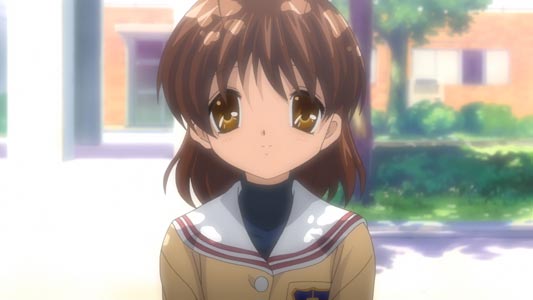
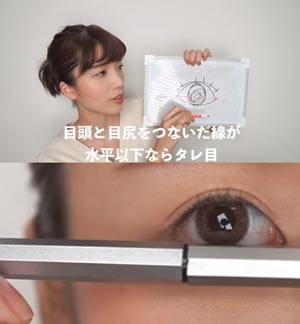
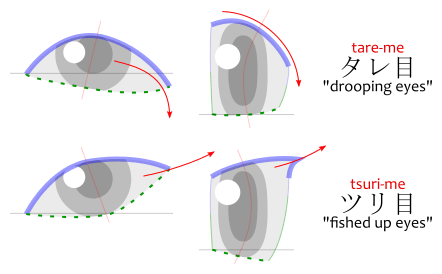
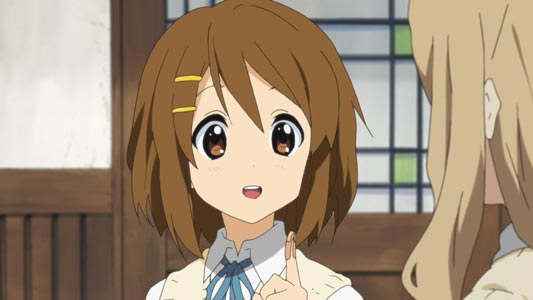
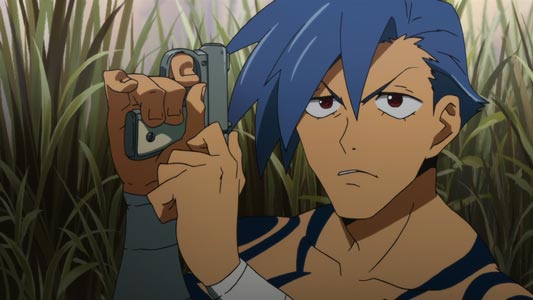
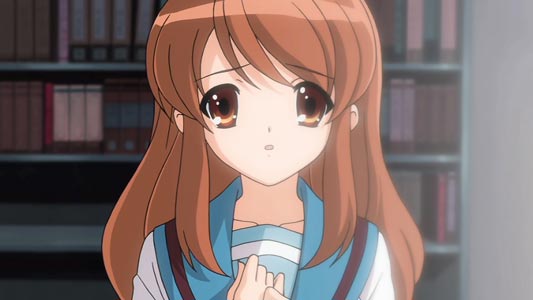
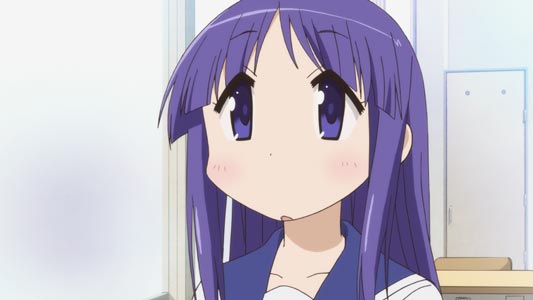
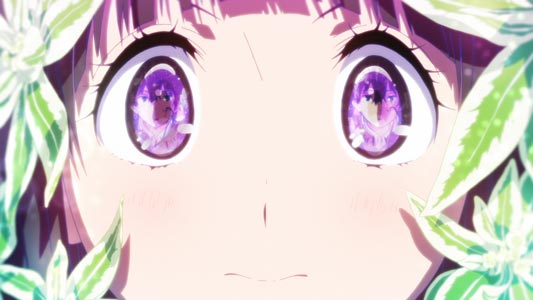
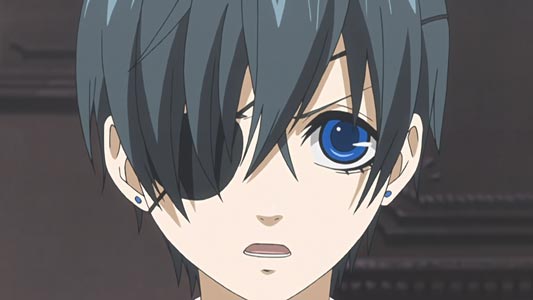
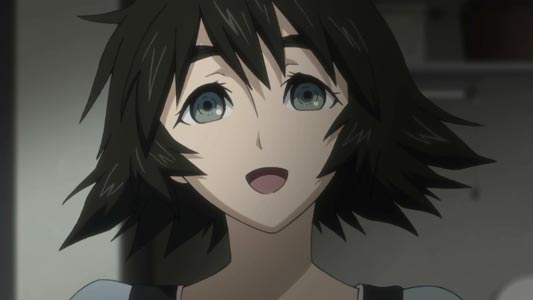
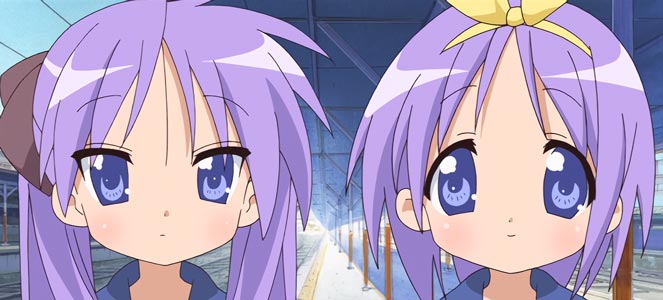
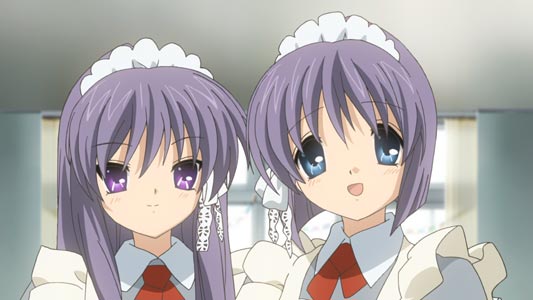

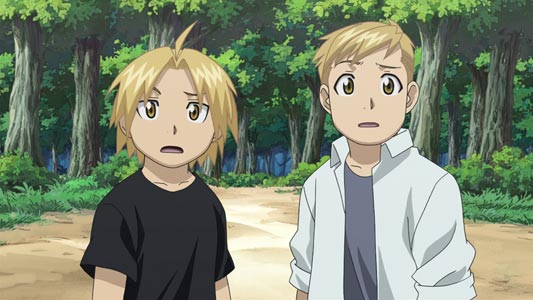
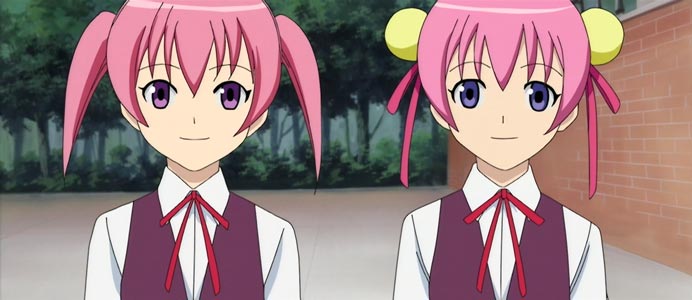
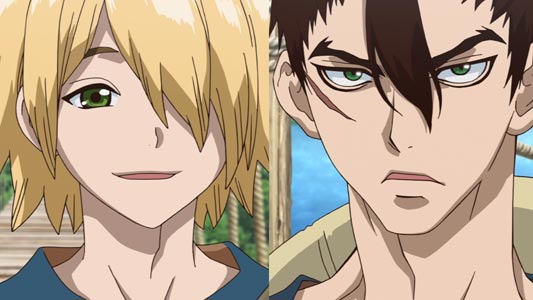
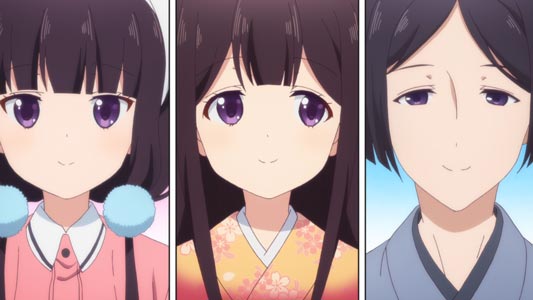
No comments: